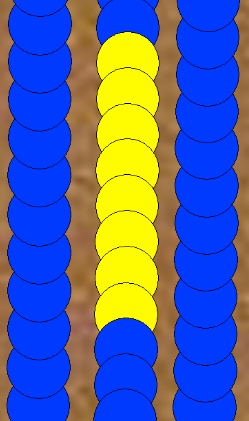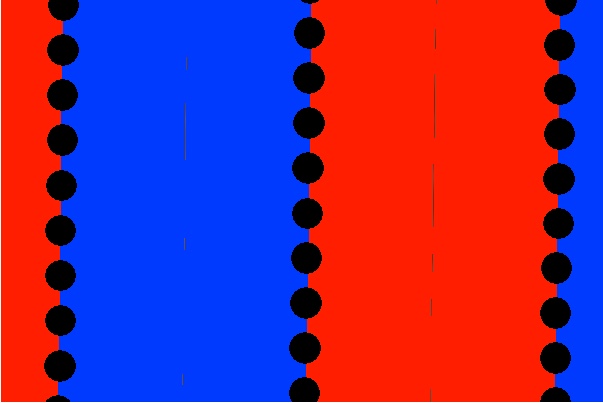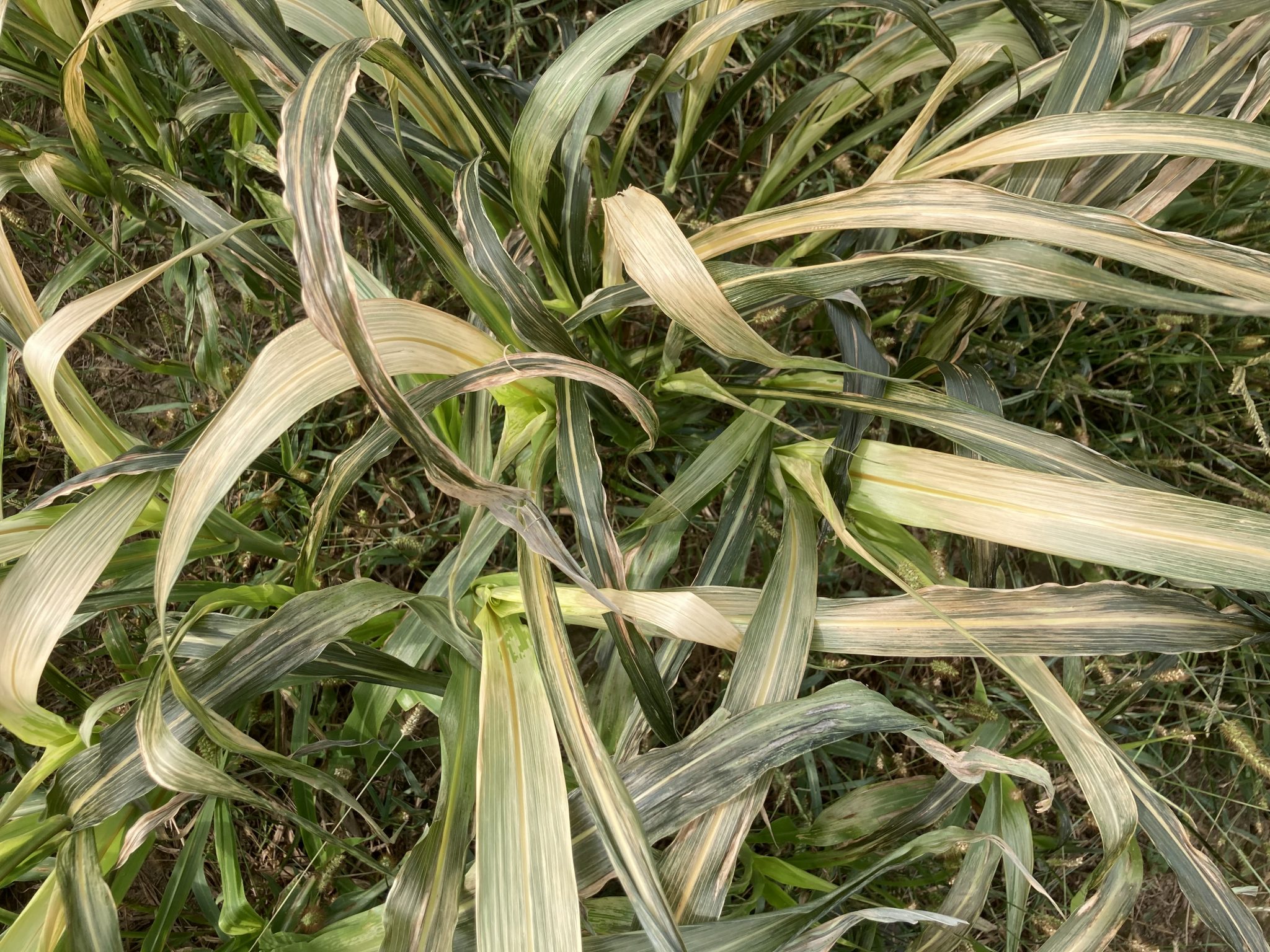
Have a forage resource without livestock?

Have a forage resource without livestock?
Purdue Extension Corn Specialist Bob Nielsen and Soybean Specialist Shaun Casteel are back on another episode of the Purdue Crop Chat podcast.

While we often focus on the importance of yield monitor calibration relative to logging accurate yield estimates during grain harvest, there are other yield monitor settings that can inadvertently influence yield estimates.

Geo-positional inaccuracies in DGPS signals affect the accuracy of yield monitor data in various ways.

Switchgrass (Panicum virgatum L.) is a native perennial warm-season grass that is adapted as many ecotypes across North America.

Even if grain yield monitor calibration, adjustments, and operation are faithfully conducted (Luck & Fulton, 2014; Nielsen, 2020c), the resulting yield data sets almost always require some post-harvest processing and “cleaning” procedures to rid the data set of anomalies and “gremlins” (Luck et al., 2015; Nielsen, 2020a; Nielsen, 2020b).

We had some chilly nights last weekend and the beginning of the week, which caused concern for some hemp growers. But, we made it through and the hemp seems to be doing alright. There are some noticeable changes in color, which could cause alarm, other than that, the hemp is unscathed. One cultivar at Meigs went from a bright green to a deep purple. The same thing happens to the forsythia in my front yard and to many other plants this time of year. Most of the data on frost tolerance and hemp is out of Canada and focuses on grain and fiber specific cultivars. Growers have harvested all the fiber hemp and most of the grain hemp. However, there is not much data on frost tolerance in cannabinoid rich hemp. The University of Vermont does have some useful information on their experiences with frost and hemp. They find that[Read More…]

Livestock producers wanted to know more about the risk of prussic acid poisoning when members of the sorghum family (sudangrass, sorghum-sudangrass, and forage sorghum, and Johnsongrass present in pastures) are being utilized after a freeze event.
In the latest Purdue Crop Chat Podcast, Extension Corn Specialist Bob Nielsen and Extension Soybean Specialist Shaun Casteel discuss early yield numbers that they’re hearing from farmers and getting on their own research trials. They also discuss their expectations of the October 9 USDA Crop Report. The Purdue Crop Chat Podcast is presented by the Indiana Corn Marketing Council and the Indiana Soybean Alliance.

Among the top 10 most discussed (and cussed) topics at the Chat ‘n Chew Cafe during corn harvest season is the grain test weight being reported from corn fields in the neighborhood.
© 2024 Purdue University | An equal access/equal opportunity university | Copyright Complaints | Maintained by Pest&Crop newsletter
If you have trouble accessing this page because of a disability, please contact Pest&Crop newsletter at luck@purdue.edu.